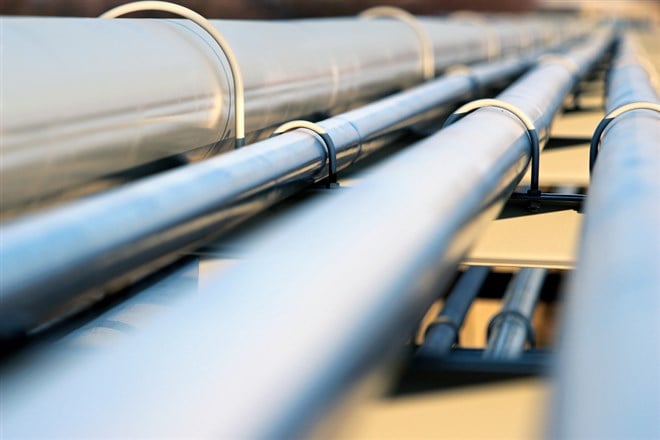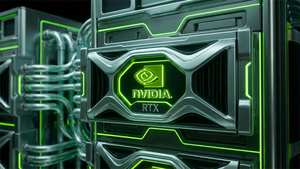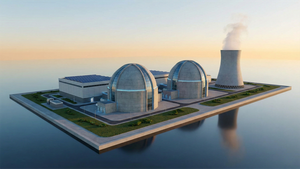
Enterprise Products Partners (NYSE: EPD) has recently been on a wild ride. It has gone thru some stunning peaks and troughs and ended up 7.82% year to date. As a result, investors might wonder if its current stock price represents a good entry for buying shares.
So let's examine the bull and bear case for investing in EPD to see if we can piece together its valuation.
The Bull Case
Wall Street's opinion on a given stock is a good starting point when investigating if it's potentially undervalued. According to the MarketBeat consensus price target of $30.50, EPD has a 24.95% potential upside. In addition, eleven analysts rated the stock and came to the consensus that it was a moderate buy.
Other aspects of EPD's fundamentals are also substantial, including the fact that some of its insiders have been buying shares and its low short-interest ratio. Insiders bought $248,000 worth of shares last quarter, and it has a short-interest ratio of 1.63%.
Then there's EPD's macro backdrop, which has improved substantially since the war in Ukraine began and crucially due to Russia's termination of its Nord Stream 1 output to Europe. In July, the International Monetary Fund (IMF) wrote that Russia's stoppage of natural gas to this region means that Europe's economic output could fall by as much as 6 percent.
This means that alternative hydrocarbon suppliers such as EPD are poised to see an increase in demand in the region to help make up for the shortfall. And as geopolitical tensions between Russia, China, and NATO countries continue to escalate, western-aligned energy companies are likely to benefit from favoritism as a strong tailwind.
The Bear Case
Some weaknesses in EPD's fundamentals and backdrop should be explored.
The first is its dividend, often cited as one of its main draw cards for buying the stock. EPD has increased its dividend for 24 consecutive years and is on track to become a dividend aristocrat.
However, the problem lies in its dividend coverage ratio, which currently stands at 81.90%. This means the company is paying out a considerable sum and proportion of its net income in dividends to shareholders, which is likely unsustainable under normal business conditions.
EPD may reduce its dividend within the next few years, thus ending its dividend growth streak. However, a plausible thesis is that the company will redirect some of its earnings on dividends into scaling its capital expenditure, which could lead to greater returns to shareholders later. This would mean EPD could further tap into a couple of opportunities, including the gas shortage in Europe.
Another catalyst is the world's energy transition to renewables, which will be facilitated first through a rise in demand for hydrocarbon products. These are solid reasons for EPD to consider diverting its spending to infrastructure due to a quickly rising total addressable market for its output.
The final reason is that natural gas does not fit into the renewable energy paradigm and will eventually be replaced by cleaner and more efficient energy sources, such as green hydrogen and nuclear fusion. This means that while natural gas stocks like EPD may rise over the next decade, they provide only a transitory solution to reducing carbon emissions. Their preference may quickly wear off as better energy technologies are developed further.
The question then is one potential upside over the long-term and opportunity cost. In other words, are investors better off paying a premium for natural gas stocks to possibly receive a faster return, or do they invest where the energy market is ultimately heading at a lower price?
Uranium stocks, for instance, have lower valuation ratios on the whole than natural gas stocks, and hydrogen stocks can also be scooped up at a relative bargain. Investors waiting on these decades-long timeframes for hydrogen and uranium stocks to take off also take on more risk, which always is a factor to consider.
The Bottom Line
EPD has the momentum to continue its rally over the short term, and over the medium time frame, it will benefit from a couple of solid catalysts in its macro backdrop. However, investors should also consider their investment horizons and risk tolerance, as natural gas is not the intended solution for the world's energy needs. There are less expensive stocks to buy that fit this solution which may have a more significant (as well as more speculative) upside potential than gas stocks like EPD.





